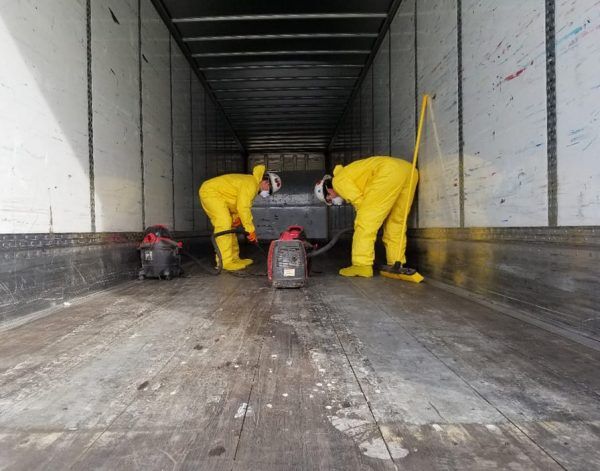
Request custom on-site training
Course description:
The 40-hour HAZWOPER course is required for workers who perform activities that expose or potentially expose them to hazardous substances.
This course is specifically designed for workers involved in clean-up operations, voluntary clean-up operations, emergency response, and storage/disposal/treatment of hazardous substances or uncontrolled hazardous waste sites, and will explain the dangers inherent to hazardous waste and safe handling procedures. The 40-hour HAZWOPER course meets or exceeds the requirements of OSHA 29 CFR 1910.120 (e)(1)(i) and is intended for industrial and private response teams. Students completing this course will learn how to:
- Read and understand OSHA regulations and requirements
- Summarize Site Characterization
- Understand the principles of toxicology and how they relate to various types of chemical exposures
- Describe potentially hazardous situations involving corrosives, solvents, oxidizers, and reactive chemicals
- Understand chemicals and their potential workplace hazards
- Summarize the components of OSHA’s Hazard Communication Standard and the steps for any Hazard Communication Program
- Identify radiation hazards and different types of radiation
- Identify different types of respiratory equipment
- Understand Protection Factors
- Identify the uses for Personal Protective Equipment (PPE) and how to choose the correct PPE
- Understand the characteristics of each work zone
- List the elements of site security
- Understand the principles of decontamination, levels of decontamination, and methods
- Develop a Medical Surveillance Program and understand its purpose
- Identify the types and methods of air monitoring
- Understand confined space permit system – identify the main confined space atmospheric hazards and types of ventilation, and gain an overall understanding of medical concerns associated with confined spaces
- Understand various considerations in an emergency situation, and the importance of training and actions to personal safety and the safety of others



